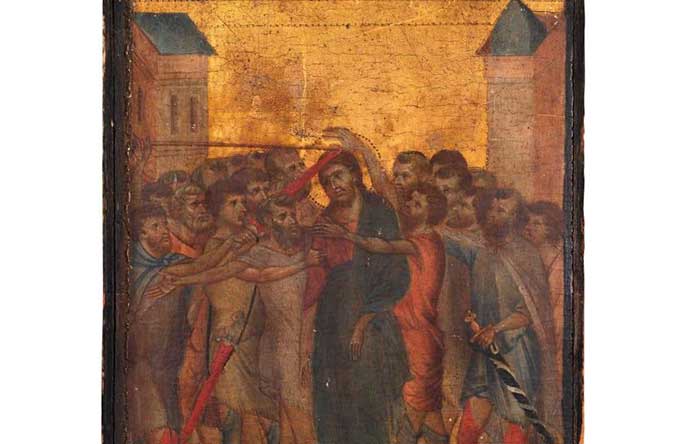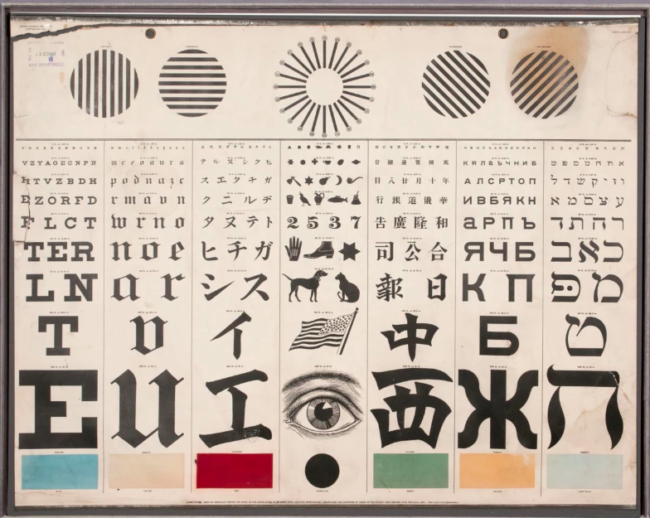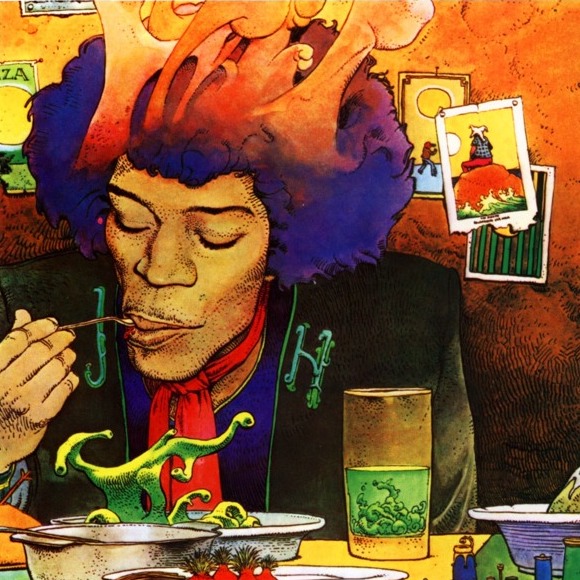Posts Tagged ‘art’
The Medieval Elephant in Art
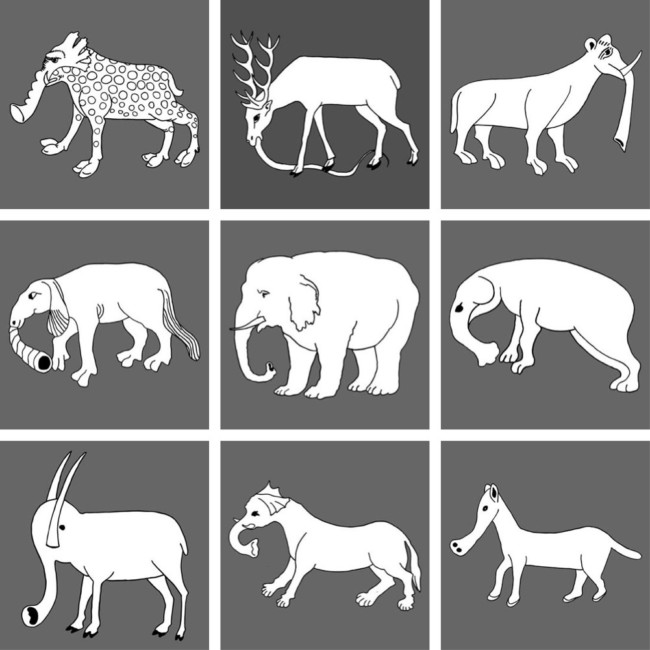
Drawing an elephant when you’ve never seen one is testing, as these images drawn by Medieval artist prove. Uli Westphal’s Elephas Anthropogenus project shows us European illustrations of elephants between the fall of Rome to the end of the Renaissance. Around that period sightings of elepahants in what is now modern day Wigan or Oslo were rare. He writes:
After the fall of the Roman Empire, elephants virtually disappeared from Western Europe. Since there was no real knowledge of how this animal actually looked, illustrators had to rely on oral and written transmissions to morphologically reconstruct the elephant, thus reinventing an actual existing creature. This tree diagram traces the evolution of the elephant depiction throughout the middle ages up to the age of enlightenment.
An album of Medieval elephants can be seen here.
Posted: 4th, April 2020 | In: Strange But True | Comment
Art and design re-imagined for the isolation era
As Coronavirus turns us into hermits, we look at art re-imagined by José Manuel Ballester’s Concealed Spaces reimagines iconic works of art with the people gone:
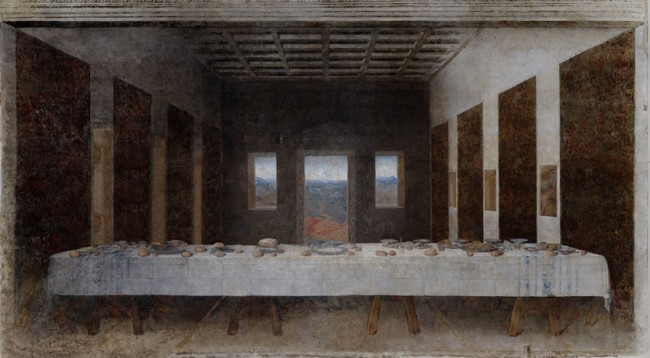
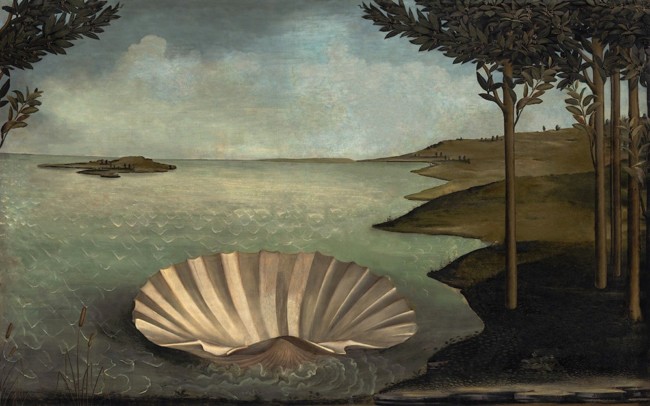
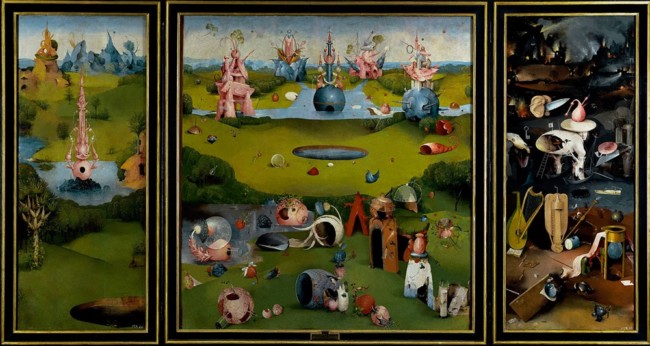
Posted: 26th, March 2020 | In: The Consumer | Comment
Nighthawks by Edward Hopper – the Coronavirus Years

Nighthawks by Edward Hopper – the Coronavirus years.
Spotter: https://www.facebook.com/anticajaepetrella
Posted: 13th, March 2020 | In: Strange But True, The Consumer | Comment
Demons in the bedroom – illuminated Medieval intrigue and the birth of Merlin
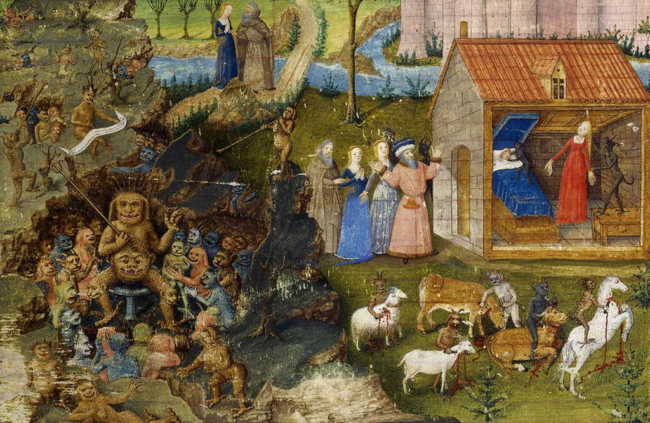
These images from illuminated Medieval manuscript tell the story of the birth of Merlin. Upset by so many souls being released from Satan’s bondage thanks to Christ’s harrowing of Hell, demons plotted to undo Christ’s work by breeding an antichrist, a figure who will perform as their puppet in the world. So a demon squires a virtuous sleeping woman. But the plot is ruined because she is so true of heart and a priest named Blaise baptises the boy at birth. The child is, of course, Merlin, who lives to do good deeds.

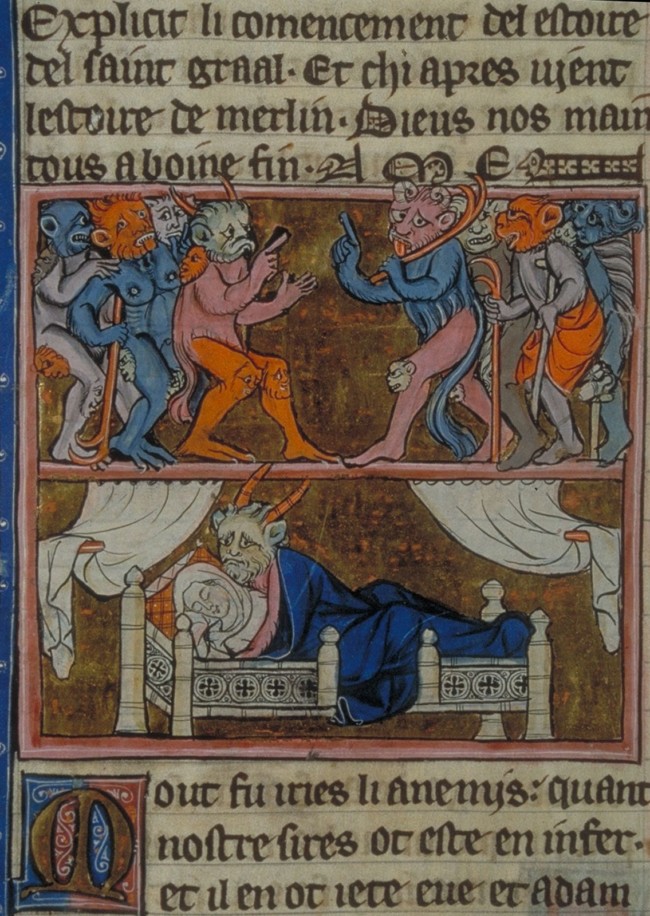

Spotter: Sleeping With the Devil – Medieval Illuminations of Demonic Sex
Posted: 2nd, March 2020 | In: Strange But True, The Consumer | Comment
Smithsonian releases 2.8million images to the public domain
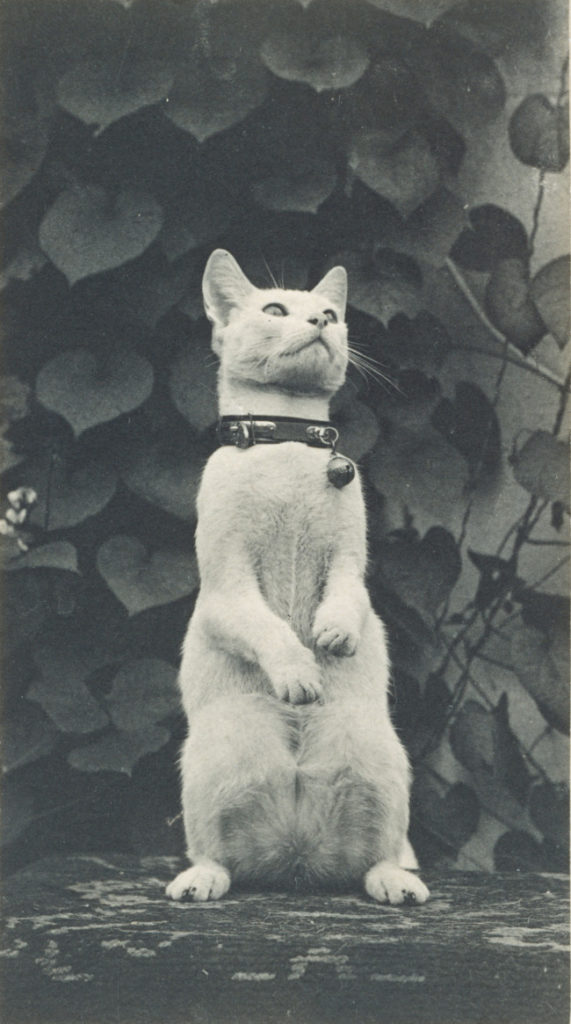
The Smithsonian Institution has released 2.8 million images into the public domain. The open access online platform is free to use and use it however they see fit. Expect to see the very best of them on Flashbak.
“Being a relevant source for people who are learning around the world is key to our mission,” says Effie Kapsalis, who is heading up the effort as the Smithsonian’s senior digital program officer. “We can’t imagine what people are going to do with the collections. We’re prepared to be surprised.”
Image: Cat In The Yard – Thomas Eakins, American, b. Philadelphia, Pennsylvania, 1844–1916.
Spotter: FlashbakShop
Posted: 27th, February 2020 | In: News, The Consumer | Comment
Spank the Peacock: The Songbook of Zeghere van Male
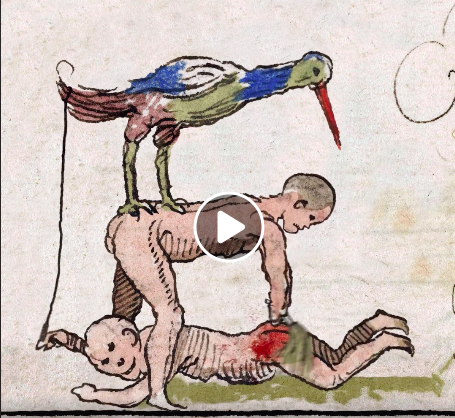
The Songbook of Zeghere van Male, also known by its call number MS 125-128 in Cambrai’s Mediathèque Municipale, consists of four complementary part-books: Superius, Altus, Tenor, & Bass. The chansonnier became part of this public collection after the French Revolution, beforehand it was in the Bibliothèque de Saint-Sépulcre, also in Cambrai.
The MS contains 229 compositions, extremely varied, some of them present only in this source. The special aspect of this manuscript is its marriage of music, art and culture: drawings adorn each folio. Executed by quill and with lively colors the drawings describe realistic scenes of daily life, leisurely activities, and include animals and monstrous creatures, obscene depictions and vegetal decorations. With mixed elements inherited from the Middle-Ages, the Antiquity and the vogue of the grotesque, they are a testimony of the prevailing taste in Flemish civil society in the first half of the 16th century”
Text via here.
Posted: 19th, February 2020 | In: Strange But True, The Consumer | Comment
The Entartete Kunst – when Nazis banned ‘degenerate’ art and music
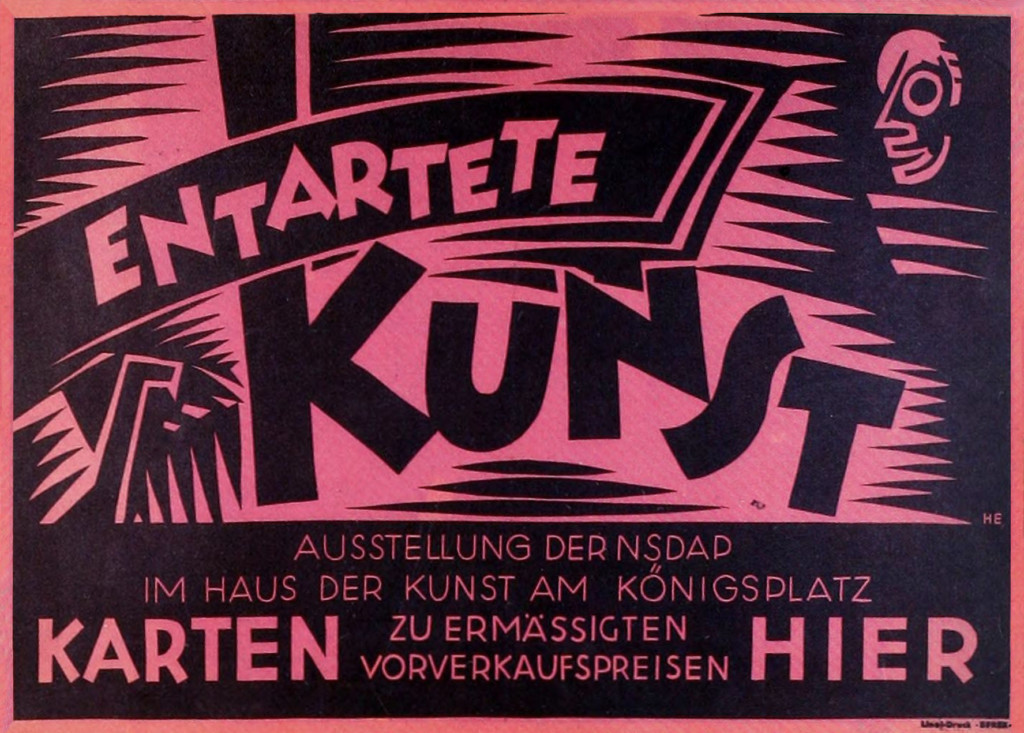
The Nazis were not ones for jazz and free expression. They damned all as entartete kunst (degenerate art). To let fellow Ubermensch know what wrong thinking looked like, the Nazis created a travelling exhibition called – predictably – Entartete Kunst. The show opened in Munich in 1937, displaying works deemed to be “an insult to German feeling”. How they flocked to be educated and disgusted by stuff purged from museums and stolen by the State for the common good. More than two million visitors attended the exhibition from July 19 to November 30, 1937, in Munich alone.
Part of the purge was listed in the 10 Rules for Combatting Jazz. The whole shebang of depravity formed a brochure, of which London’s V&A holds the only known copy of a complete inventory of Entartete Kunst.
The museum notes:
The list of more than 16,000 artworks was produced by the Reichsministerium für Volksaufklärung und Propaganda (Reich Ministry for Public Enlightenment and Propaganda) in 1942 or thereabouts. It seems that the inventory was compiled as a final record, after the sales and disposals of the confiscated art had been completed in the summer of 1941. The inventory’s two typescript volumes provide crucial information about the provenance, exhibition history and fate of each artwork.
The inventory consists of 482 pages (including blank pages and a missing page), split into two volumes. The entries are organised alphabetically by city, institution and artist’s name. Volume 1 covers the cities Aachen to Görlitz, while Volume 2 covers Göttingen to Zwickau.
It’s pretty much a guide to everything you should enjoy.
Spotter: Flashbak
Posted: 30th, January 2020 | In: Key Posts, News, Politicians, Strange But True | Comment
Italian street artist Blu creates animated graffiti mural
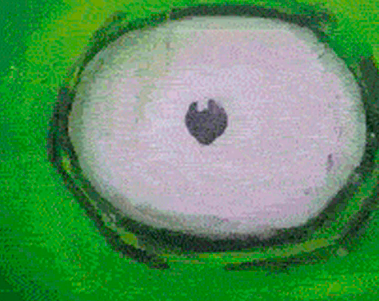
Italian street artist Blu has been enlivening Bologna since 1999. In Big Bang Big Boom, Blu gives us a “short animated story about evolution and consequences”.
Buy gorgeous Art Nouveau posters here.
Spotter: Kottke
Posted: 20th, November 2019 | In: Music, News, The Consumer | Comment
Salvador Dali Tarot cards
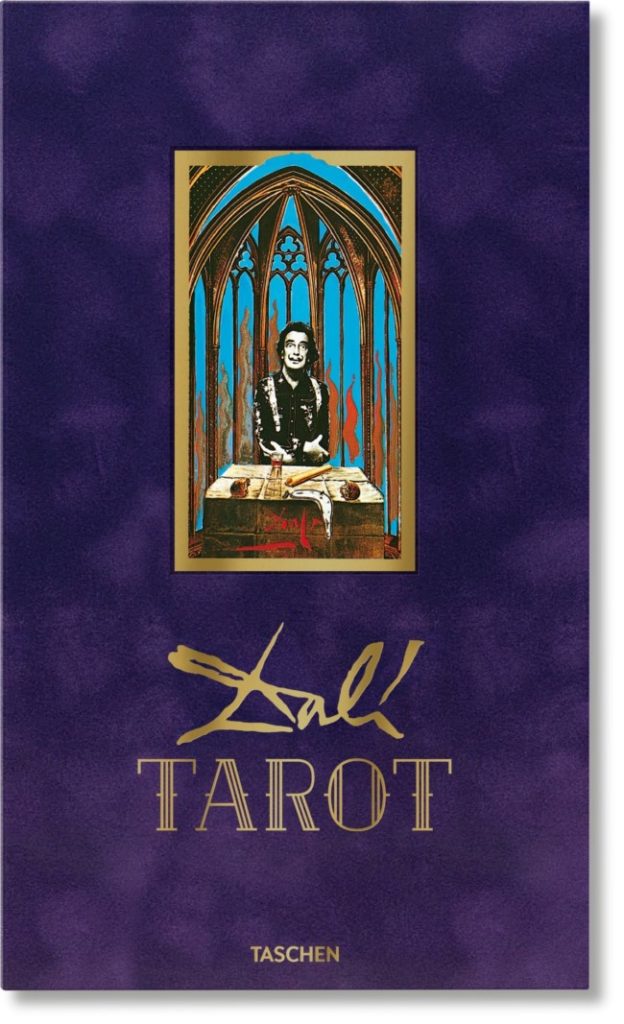
Salvador Dalí designed a full deck of tarot cards for the James Bond film Live and Let Die. But the production team were reluctant to pay Dalí’s fee, so they never appeared in the movie. But the artist liked the work and completed the set in 1984. Now art book publisher Taschen (they make those massive coffee table books so big they could double as coffee table) is releasing the deck.
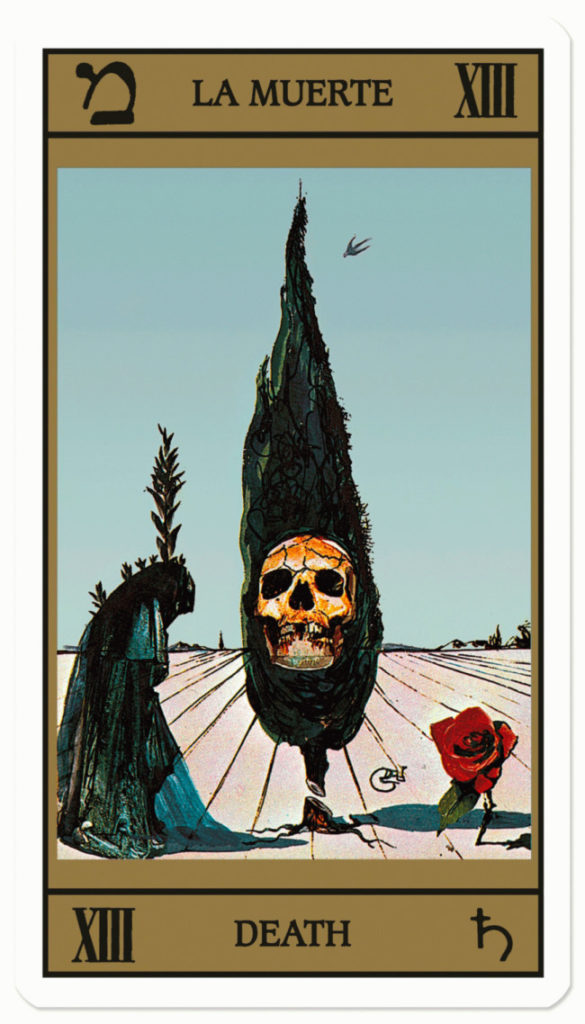
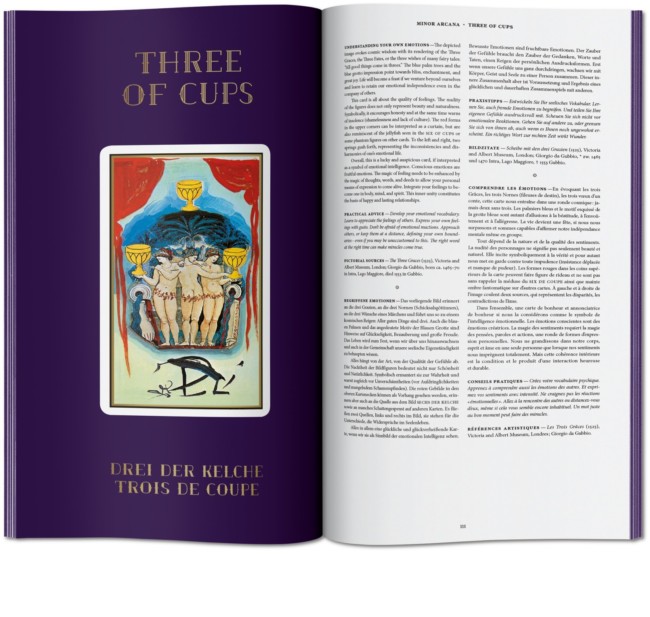
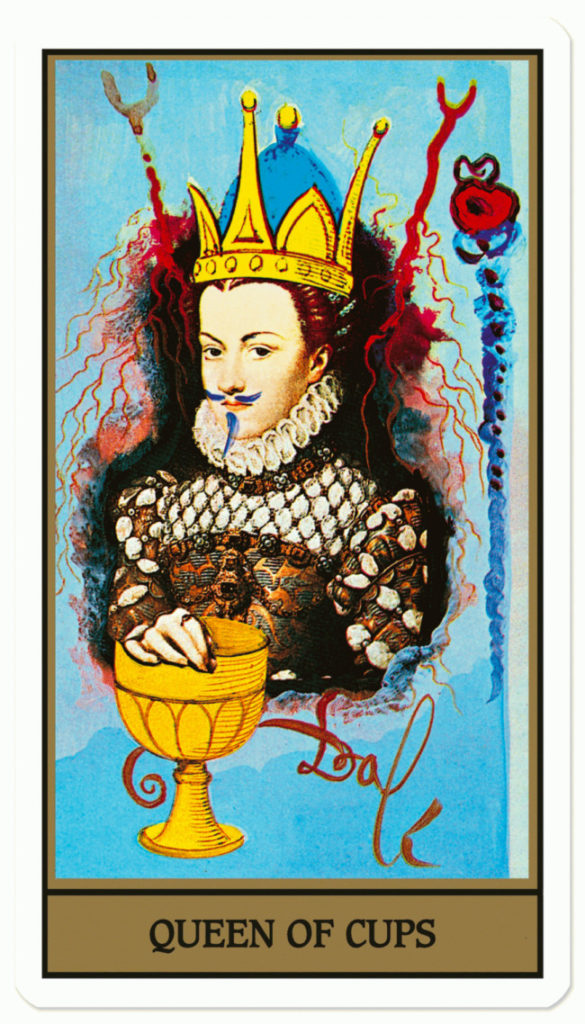
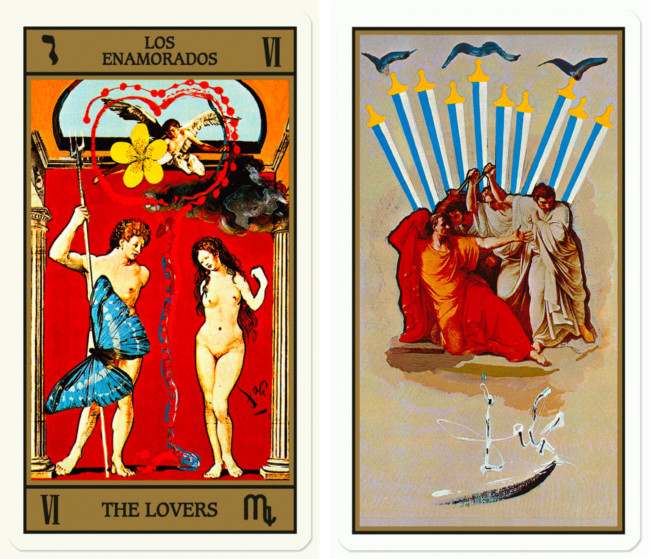
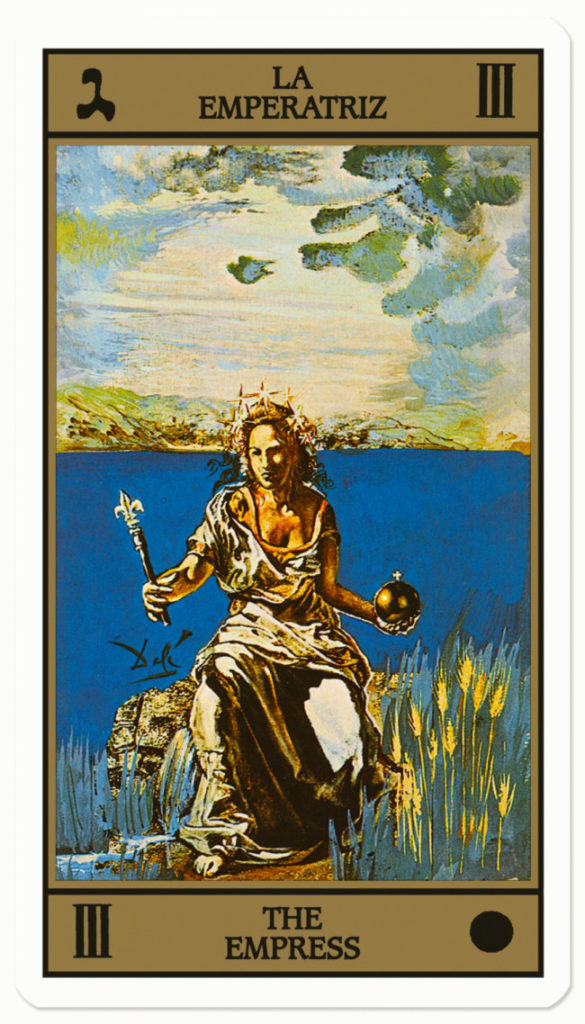
Spotter: Hyperallergic
Posted: 11th, November 2019 | In: Books, The Consumer | Comment
A little kitchen painting sells for $26.8million
‘Christ Mocked’ by Florentine artist Cimabue (Giotto’s teacher) was created around 1280. It’s been in someone’s kitchen in France was ages. And now it’s sold at auction for $26.8.
From Smithsonian Mag:
[Auctioneer Philomène] Wolf spotted the painting, titled “Christ Mocked,” on display between the woman’s open-plan kitchen and living room. While she immediately suspected it was a work of Italian primitivism, she “didn’t imagine it was a Cimabue.”
Wolf turned to Eric Turquin, a Paris-based art historian who had previously identified a painting unearthed in a French attic as a long-lost Caravaggio. According to Benjamin Dodman of France 24, Turquin and his colleagues concluded with “certitude” that the new find was a genuine Cimabue.
How certain can you be that it’s the real deal?
Posted: 28th, October 2019 | In: Money, The Consumer | Comment
Ceramics by Sophie Woodrow
Bristol-based artist Sophie Woodrow makes the most beguiling ceramics of mythical creatures and otherworldly things – twists on the natural we think of as real.

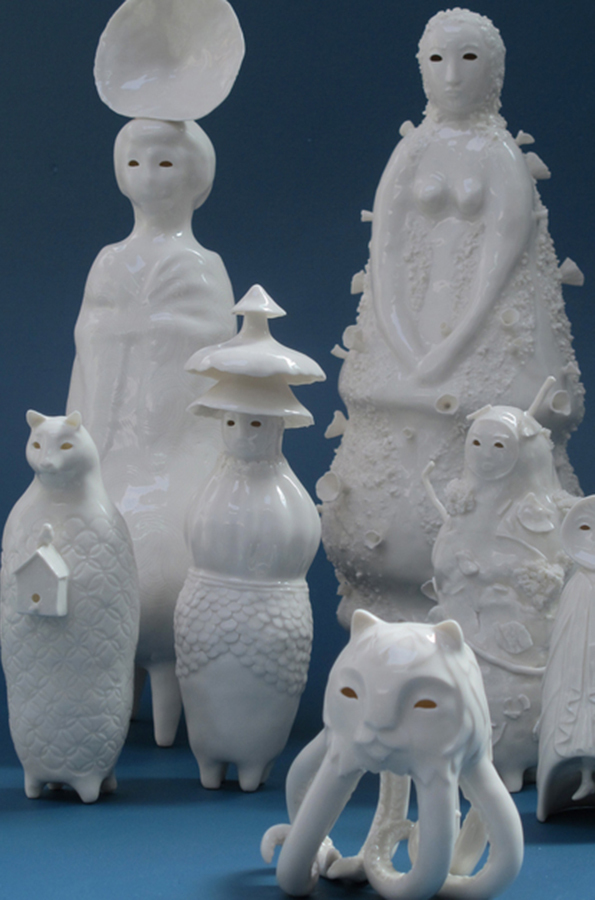
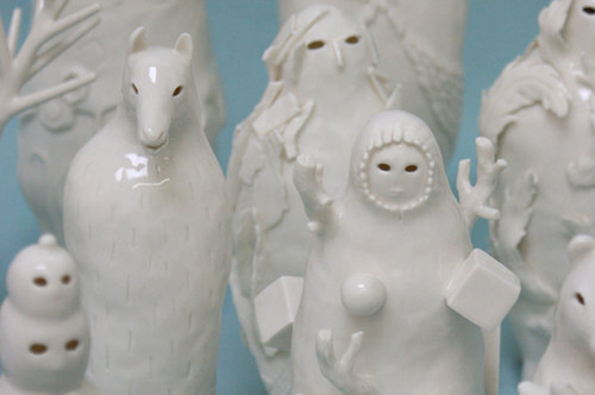
Via: Sophie Woodrow and Flashbak
Posted: 6th, October 2019 | In: The Consumer | Comment
The 2020 Sony World Photography Awards
Here are a few entries for the World Photography Organization.
Free to enter, the internationally acclaimed Sony World Photography Awards invites all levels of photographers from around the world the chance to be supported, celebrated and given the recognition they deserve. Embracing all genres, styles and points of view, judges will be looking for the talented, dedicated and creative photographers from the past year who continue to push their work to new territory.
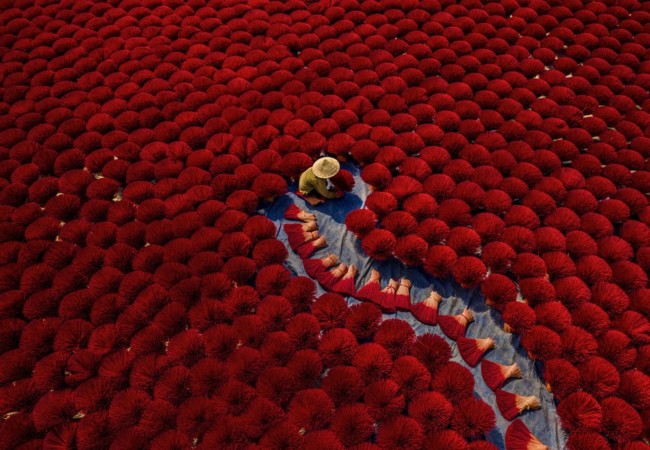
The 2020 Sony World Photography Awards.
Spotter: Flashbak
Posted: 2nd, October 2019 | In: The Consumer | Comment
Artist Spenser Little makes great street sculptures from wire

I love these wire sculptures by Spenser Little.
Spenser Little is a self-taught artist who has been bending wire for the last 15 years… Some works contain moving components and multiple wires, but mostly the pieces are formed from one continuous piece of wire that is bent and molded to Little’s will. He has left the wire sculptures all over the world, in locations that range from the Eiffel Tower to bottom of caves, their location selected with little discernment only for the piece to be finally realized at the moment that someone discovers the surprise piece of art.
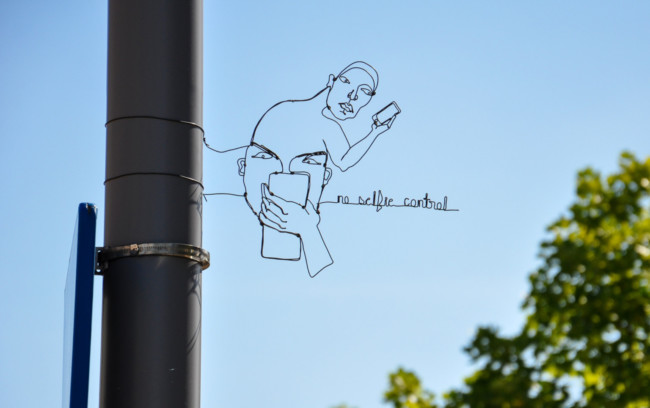
Spotter: Flashbak, Thisiscolosal, Thinkspace Gallery and the artist on Instagram . Images by Julie .
Posted: 1st, October 2019 | In: The Consumer | Comment
The best print shop on the web
Delighted to say that Flashbak has new print store. It promises to the be the best print shop on the web. The print shop is edited by me, Rob Baker and Stephen Ellcock.
We’re going to be adding lots more images to it in the coming week – including great prints, calendars and cards.
Shipping worldwide from the fine art printers in London carries no extra fee – so whether you’re in New York, Nairobi or Newcastle, postage is the same price.
Image: George Mayerle’s Eye Test charts. Buy it here.
Flashbakshop.com – The best print shop on the web
Posted: 25th, September 2019 | In: Key Posts, News, The Consumer | Comment
The Moebius Hendrix
In 1967 journalist Jean-Nöel Coghe accompanied Jimi Hendrix (November 27, 1942 – September 18, 1970) on the France and Belgium legs of his first tour outside the USA. Coghe took a photograph of Hendrix eating soup at a cafe in France. In 1996, French artist Jean Giraud (8 May 1938 – 10 March 2012) adapted that image for the cover of Voodoo Soup (1995), a posthumous compilation album of the great musician’s work. Giraud, better know as Moebius, portrayed Hendrix as a blaze of colour.
See the rest on Flashbak.
Posted: 19th, September 2019 | In: Celebrities, Music | Comment
Exhibiting nature: artist plants 300 trees on a football pitch
Klauss Littman planted 300 trees on the pitch at Klagenfurt, Austria as part of his For Forest — The Unending Attraction of Nature.
Using 300 trees, some of which weigh up to six tonnes, landscape architect Enzo Enea will cover the entire playing field with a mixed forest characteristic of Central Europe.
From the grandstands, visitors can admire the spectacle of the trees day and night (from 10am until 10pm). Admission is free. A sight that is as unfamiliar as it is fascinating and bound to stir up a range of emotions and reactions! Depending on the time of day (or night), the trees will constitute a constantly changing landscape that is shaped by the weather as well as the autumnal turning of the leaves. The installation is a clever play on our emotions when faced with what should be a familiar sight, placed in an entirely different context. With this monumental work of art, Littmann challenges our perception of nature and sharpens our awareness of the future relation between nature and humankind.
The project also sees itself as a warning: One day, we might have to admire the remnants of nature in specially assigned spaces, as is already the case with zoo animals.
Looks out for Wolves.
Littmann shaped his project on a 1970 drawing by Austrian architect and painter Max Peintner:

What if nature becomes an exhibit?
Posted: 11th, September 2019 | In: News, The Consumer | Comment

